我们如何协助客户定义
并实现可持续发展目标
并实现可持续发展目标
我们拥有丰富的经验,协助亚洲企业了解 ESG 的相关性,
并为其量身定制策略、目标和执行计划,推动可持续变革,
为客户和社会创造持久的价值。
我们在气候科学和社会影响评估方面拥有技术专长,
能够帮助客户了解其环境和社会足迹及影响,为决策提供关键资讯。
并为其量身定制策略、目标和执行计划,推动可持续变革,
为客户和社会创造持久的价值。
我们在气候科学和社会影响评估方面拥有技术专长,
能够帮助客户了解其环境和社会足迹及影响,为决策提供关键资讯。
我们如何协助客户定义
并实现可持续发展目标
并实现可持续发展目标
我们拥有丰富的经验,协助亚洲企业了解 ESG 的相关性,
并为其量身定制策略、目标和执行计划,推动可持续变革,
为客户和社会创造持久的价值。
我们在气候科学和社会影响评估方面拥有技术专长,
能够帮助客户了解其环境和社会足迹及影响,为决策提供关键资讯。
并为其量身定制策略、目标和执行计划,推动可持续变革,
为客户和社会创造持久的价值。
我们在气候科学和社会影响评估方面拥有技术专长,
能够帮助客户了解其环境和社会足迹及影响,为决策提供关键资讯。


- 通过SBTi认证,四年内减少35%范围一及范围二碳排放我们协助一家《财富》全球500强的日本电子零件制造商,将应对气候变化确立为推动收入增长的核心战略支柱,并在四年内成功实现范围一及范围二碳排放减少35%。我们还协助该企业建立温室气体排放清单,成功获得SBTi对其短期和长期减碳目标的认证,同时将其CDP气候评分提升至全球A级名单。
- 节省3,000万港元能源成本,迈向净零排放目标我们为一家国际房地产及酒店集团制定并推动实施一系列改造及重新校验方案,协助该集团在2023年全年能源消耗较2019年减少8%,节省约3,000万港元的能源成本。同时,凭借我们为其在大中华地区、美国及欧洲制定并落实的气候战略,该集团同期实现了26%的碳排放减少,并明确设定在2045年前实现净零排放的目标与路径。
- 把握绿色转型政策机遇,深化客户参与我们协助一家澳大利亚上市的个人金融公司发掘其在气候相关产品争取政策支持融资方面的战略优势,引导企业完成首次重要性评估,深化其与投资者、客户及员工的沟通与互动。
- 通过生命周期评估识别出新技术20%的减排潜力我们为一家研究机构就一项针对消费后混纺纺织品分离与回收的新技术,开展了环境生命周期评估比较研究。研究结果显示,该技术相比现有行业做法对环境的影响更低,有助推动其商业化进程,并有效向潜在授权方清晰展示其竞争优势。
-
- 借助循环经济开拓新市场,
并在原材料采购中实现减碳我们为一家高端珠宝集团制定战略转型蓝图,借助循环商业模式开拓新市场,并通过节约资源提升运营利润。我们将可持续理念融入品牌故事,协助制定利益相关方参与计划,有效传达企业的前瞻性转型愿景。
同时,我们围绕原材料可追溯性、回收材料应用、包装改进及减少生产过程中有害化学品的使用,制定了具体策略,进一步巩固该集团在珠宝行业的领导地位。
2022
协助一家生命科学集团完成港交所首次公开发行中的ESG披露工作
协助一家生命科学集团完成港交所首次公开发行中的ESG披露工作
PIE为一家亚洲生命科学集团提供ESG重要性评估建议,并撰写其首次公开招股说明书中的ESG披露内容。
香港联合交易所有限公司(港交所)鼓励首次公开招股申请人披露与企业相关的重要ESG风险识别流程及筛选标准。在港交所于2021年11月发布的最新指引中指出,诸如“我们不涉及任何重要ESG风险”或“我们不受任何重要ESG风险影响”等笼统陈述,无法有效说明董事会是如何得出相关结论,也难以为投资者提供具参考价值的信息。
香港联合交易所有限公司(港交所)鼓励首次公开招股申请人披露与企业相关的重要ESG风险识别流程及筛选标准。在港交所于2021年11月发布的最新指引中指出,诸如“我们不涉及任何重要ESG风险”或“我们不受任何重要ESG风险影响”等笼统陈述,无法有效说明董事会是如何得出相关结论,也难以为投资者提供具参考价值的信息。
2022
为一家领先零售集团设计并开展董事会ESG培训
为一家领先零售集团设计并开展董事会ESG培训
PIE为一家上市零售集团设计并组织了一系列面向董事会的ESG专题工作坊,旨在加深董事会成员对ESG的理解,并就公司重要的ESG议题建立共识与共同愿景。
该系列培训帮助董事会成员(包括跨代的家族企业代表)建立对环境与社会可持续发展关键趋势的共同认知,并进一步理解这些趋势在中长期将如何影响公司的业务发展。
该系列培训帮助董事会成员(包括跨代的家族企业代表)建立对环境与社会可持续发展关键趋势的共同认知,并进一步理解这些趋势在中长期将如何影响公司的业务发展。
2021
为一家国际房地产及酒店集团制定气候战略并协助实施
为一家国际房地产及酒店集团制定气候战略并协助实施
PIE协助一家上市的国际房地产及酒店集团,围绕其在大中华区、美国及欧洲的业务,制定具针对性的气候战略,设定切实可行且具有激励性的目标,并制定清晰的行动计划以推动战略落实。
同时,PIE就ESG事务的治理架构提出建议,旨在增强领导力、提升内部协同效能,并支持有效执行。团队通过设施审计、政策审查及利益相关方访谈,收集数据与见解,用于评估各营运地区的可持续发展表现,并进行基准比较分析。。
该长期气候战略及相关治理架构,包括清晰的问责机制和短中期的执行计划,已获董事会批准。自2021年起,集团已全面启动转型工作并落实相关战略。
同时,PIE就ESG事务的治理架构提出建议,旨在增强领导力、提升内部协同效能,并支持有效执行。团队通过设施审计、政策审查及利益相关方访谈,收集数据与见解,用于评估各营运地区的可持续发展表现,并进行基准比较分析。。
该长期气候战略及相关治理架构,包括清晰的问责机制和短中期的执行计划,已获董事会批准。自2021年起,集团已全面启动转型工作并落实相关战略。
2018
为一家亚洲领先企业集团制定
ESG战略与影响目标
为一家亚洲领先企业集团制定
ESG战略与影响目标
一家在多个行业和地区拥有多元化业务组合的亚洲领先企业集团,计划制定方向明确、目标清晰的集团级ESG战略,以推动旗下各企业团队协同合作,更系统、具目标地开展可持续发展工作。
PIE根据集团需求设定工作流程,包括基线表现评估、基准研究、利益相关方参与及重要性议题评估,协助集团制定一套具备长期愿景和激励性目标的战略性可持续发展框架,并设立涵盖不同地区与行业的中期影响目标。该新战略亦有助集团加强与投资者的互动,配合其在亚洲市场的增长战略。
目前,集团正积极在旗下企业推动战略实施,并凭借其在可持续发展方面的卓越表现,获得亚洲地区的广泛认可及多项荣誉,在多个以投资者为导向的ESG评级中持续取得进步。
PIE根据集团需求设定工作流程,包括基线表现评估、基准研究、利益相关方参与及重要性议题评估,协助集团制定一套具备长期愿景和激励性目标的战略性可持续发展框架,并设立涵盖不同地区与行业的中期影响目标。该新战略亦有助集团加强与投资者的互动,配合其在亚洲市场的增长战略。
目前,集团正积极在旗下企业推动战略实施,并凭借其在可持续发展方面的卓越表现,获得亚洲地区的广泛认可及多项荣誉,在多个以投资者为导向的ESG评级中持续取得进步。
The Challenge
A leading global electronic components manufacturer has long been tracking and driving emission reductions for Scope 1 and 2 emissions from its day-to-day operation, and wanted to develop its greenhouse gas emissions inventory for Scope 3 emissions and set credible science-based emissions reduction target.
The company also wanted to understand the resilience of its assets and business strategies to climate change impact, and explore how it might take a more progressive approach to manage climate-related risks and opportunities.
The company, headquartered and publicly listed in Japan, is a leading electronic components innovator and manufacturer globally, with a workforce of 77,000, R&D centres and manufacturing facilities in over 100 locations around the world, as well as a complex global supply chain network and client markets.
Impact / The Sustainable Change
PIE worked with the company closely through a methodical emissions accounting and target-setting process to develop its GHG emissions inventory and near-term and long-term science-based emissions reduction targets, which successfully achieved approval and validation by the SBTi. PIE also provided a customised emissions consolidation tool for the company to continue to track its Scope 1, 2 and 3 emissions and disclose annually its progress in driving emissions reduction.
The company's CDP Climate scores improved from Level B to global A-List and is recognised as Supplier Engagement Leader over a two-year climate journey together. It also integrated TCFD aligned disclosure, with qualitative and quantitative financial impact, in its annual financial report.
Insights from the climate scenario analysis and investor research, supported by a strategic internal engagement programme, inspired the company to refresh investment, R&D and business strategy to be in tune with opportunities brought by climate change.
PIE's services
• Greenhouse gas emissions accounting to set a baseline Scope 1, 2, 3 emissions inventory
• Setting science-based targets and managing validation process with SBTi
• Climate scenario analysis to assess and stress test physical risks and transition impacts brought by climate change
• Internal engagement to connect climate-related risks and opportunities to business priorities
• Investor research to provide the intelligence to equip the company to turn climate change into an advantage in engagement with investors
• Climate-related investor disclosure advisory: TCFD and CDP disclosure
The company also wanted to understand the resilience of its assets and business strategies to climate change impact, and explore how it might take a more progressive approach to manage climate-related risks and opportunities.
The company, headquartered and publicly listed in Japan, is a leading electronic components innovator and manufacturer globally, with a workforce of 77,000, R&D centres and manufacturing facilities in over 100 locations around the world, as well as a complex global supply chain network and client markets.
Impact / The Sustainable Change
PIE worked with the company closely through a methodical emissions accounting and target-setting process to develop its GHG emissions inventory and near-term and long-term science-based emissions reduction targets, which successfully achieved approval and validation by the SBTi. PIE also provided a customised emissions consolidation tool for the company to continue to track its Scope 1, 2 and 3 emissions and disclose annually its progress in driving emissions reduction.
The company's CDP Climate scores improved from Level B to global A-List and is recognised as Supplier Engagement Leader over a two-year climate journey together. It also integrated TCFD aligned disclosure, with qualitative and quantitative financial impact, in its annual financial report.
Insights from the climate scenario analysis and investor research, supported by a strategic internal engagement programme, inspired the company to refresh investment, R&D and business strategy to be in tune with opportunities brought by climate change.
PIE's services
• Greenhouse gas emissions accounting to set a baseline Scope 1, 2, 3 emissions inventory
• Setting science-based targets and managing validation process with SBTi
• Climate scenario analysis to assess and stress test physical risks and transition impacts brought by climate change
• Internal engagement to connect climate-related risks and opportunities to business priorities
• Investor research to provide the intelligence to equip the company to turn climate change into an advantage in engagement with investors
• Climate-related investor disclosure advisory: TCFD and CDP disclosure
获亚洲领先机构的信任,携手推动共同的可持续未来









































